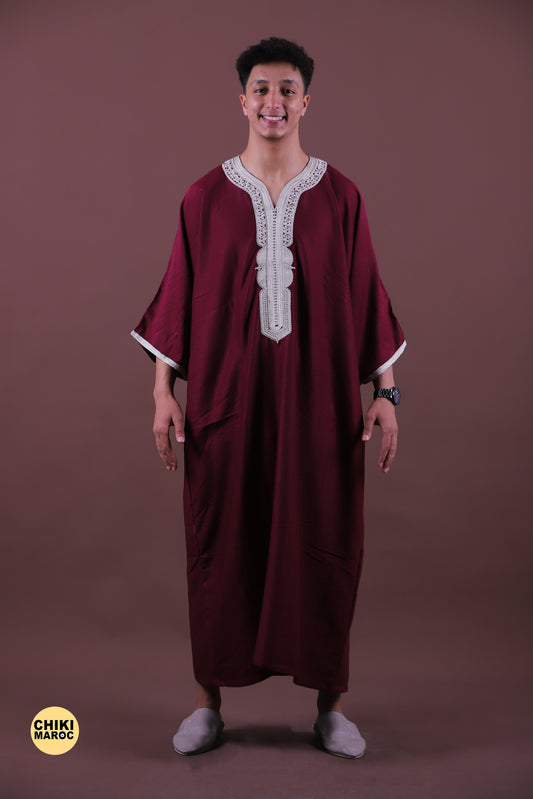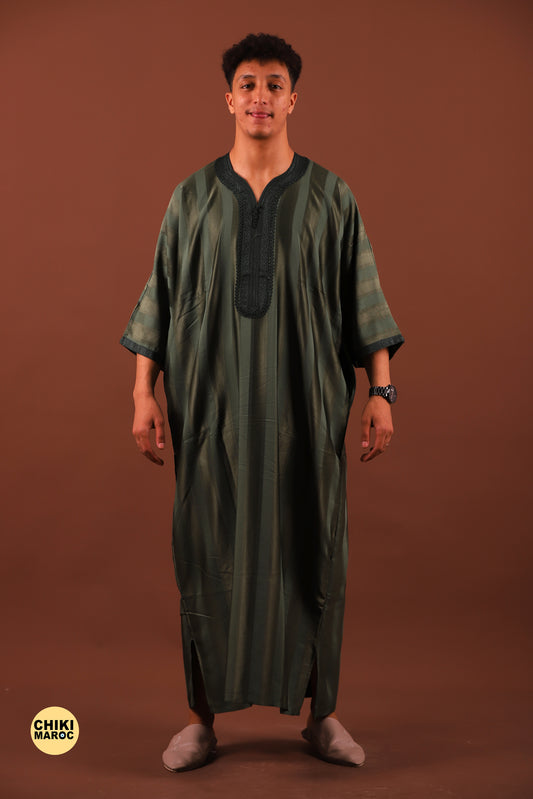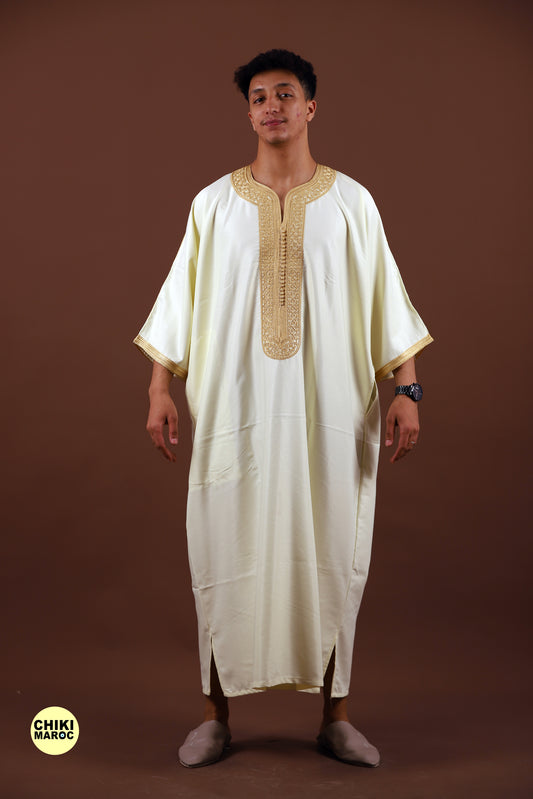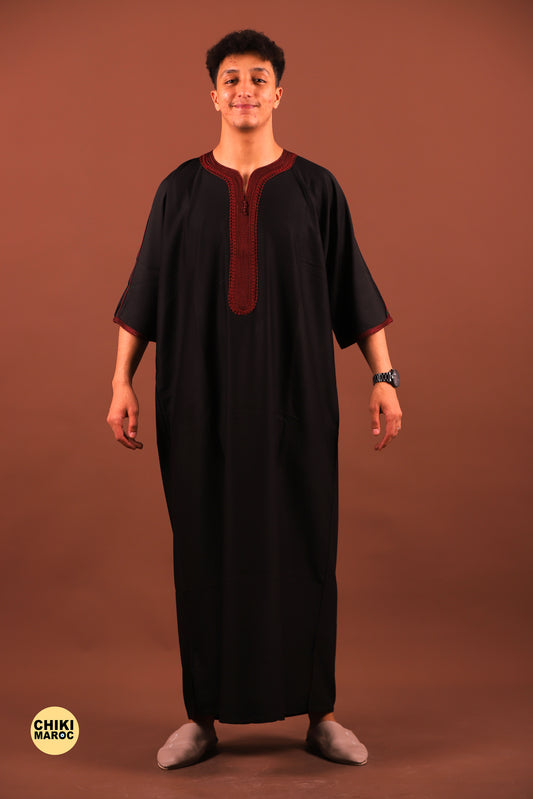Moroccan jalaba, known for its exquisite craftsmanship and enduring elegance, stands as a quintessential symbol of Moroccan culture and fashion. This article delves into the rich history, distinctive features, and cultural significance of the Moroccan jalaba, highlighting its timeless allure and enduring appeal.
Historical Roots and Cultural Significance
Originating from Morocco, the jalaba holds a deep-rooted history that spans centuries. Traditionally worn by both men and women, the jalaba evolved over time, adapting to changes in fashion while maintaining its cultural authenticity. Today, it remains a cherished garment that reflects Morocco's cultural heritage and craftsmanship.
The jalaba's design typically features long sleeves and a loose, flowing silhouette, making it comfortable and versatile for various occasions. It often includes intricate embroidery, embellishments, or traditional patterns that showcase the artisanal skills of Moroccan craftsmen. These elements not only enhance its aesthetic appeal but also signify cultural identity and pride.
Versatility and Modern Adaptations
One of the distinctive qualities of the Moroccan jalaba is its versatility. While rooted in tradition, modern interpretations of the jalaba cater to contemporary fashion trends and preferences. Designers often incorporate innovative fabrics, colors, and styles to appeal to a broader audience while preserving its cultural essence.
In Morocco and beyond, the jalaba is worn on various occasions, from everyday wear to festive celebrations and special events. Its adaptability allows individuals to express their personal style while honoring Moroccan tradition, making it a cherished wardrobe staple for many.
Craftsmanship and Artistry
Crafted with meticulous attention to detail, the Moroccan jalaba exemplifies the artistry and craftsmanship of Moroccan artisans. The process of creating a jalaba involves intricate embroidery techniques, handcrafted embellishments, and careful stitching, reflecting the dedication and skill passed down through generations.
Artisans often employ traditional methods and tools to produce jalabas of exceptional quality and beauty. Each garment tells a story of cultural heritage and craftsmanship, embodying the artistry and creativity synonymous with Moroccan fashion.
Cultural Pride and Identity
Beyond its aesthetic appeal, the Moroccan jalaba holds profound cultural significance for Moroccans and those who appreciate its beauty worldwide. It serves as a symbol of cultural pride and identity, representing the rich diversity and traditions of Moroccan heritage.
For many Moroccans, wearing the jalaba is not only a fashion choice but also a connection to their roots and cultural heritage. It embodies values of respect, modesty, and appreciation for traditional craftsmanship, reinforcing a sense of belonging and cultural continuity.
Conclusion
In conclusion, the Moroccan jalaba stands as a timeless symbol of elegance, craftsmanship, and cultural pride. Its enduring appeal transcends generations and borders, capturing the essence of Moroccan heritage through its distinctive design and artisanal craftsmanship.
As Morocco's fashion landscape continues to evolve, the jalaba remains a steadfast emblem of cultural identity and artistic expression. Whether worn for everyday wear or special occasions, the jalaba embodies the spirit of Moroccan craftsmanship and tradition, celebrating its place as a cultural icon revered for its timeless elegance





